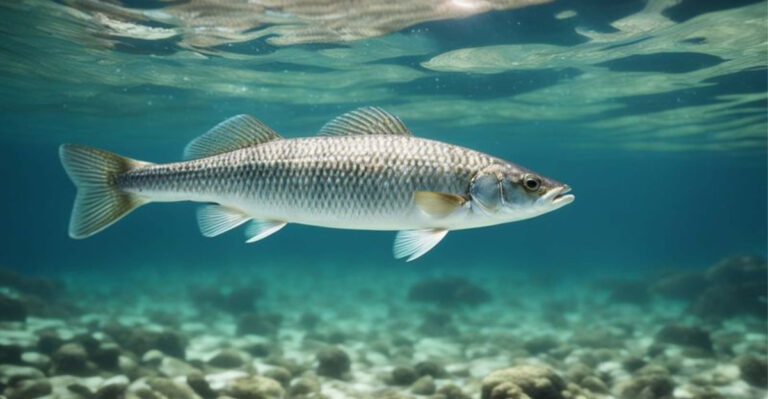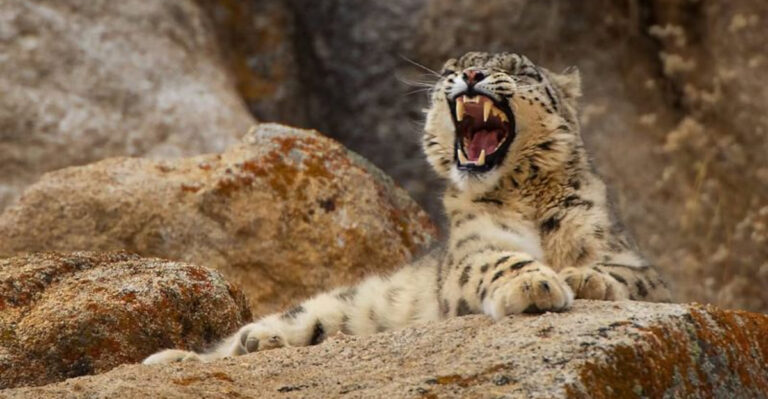Wild Sea Otters Are Making A Big Comeback In California
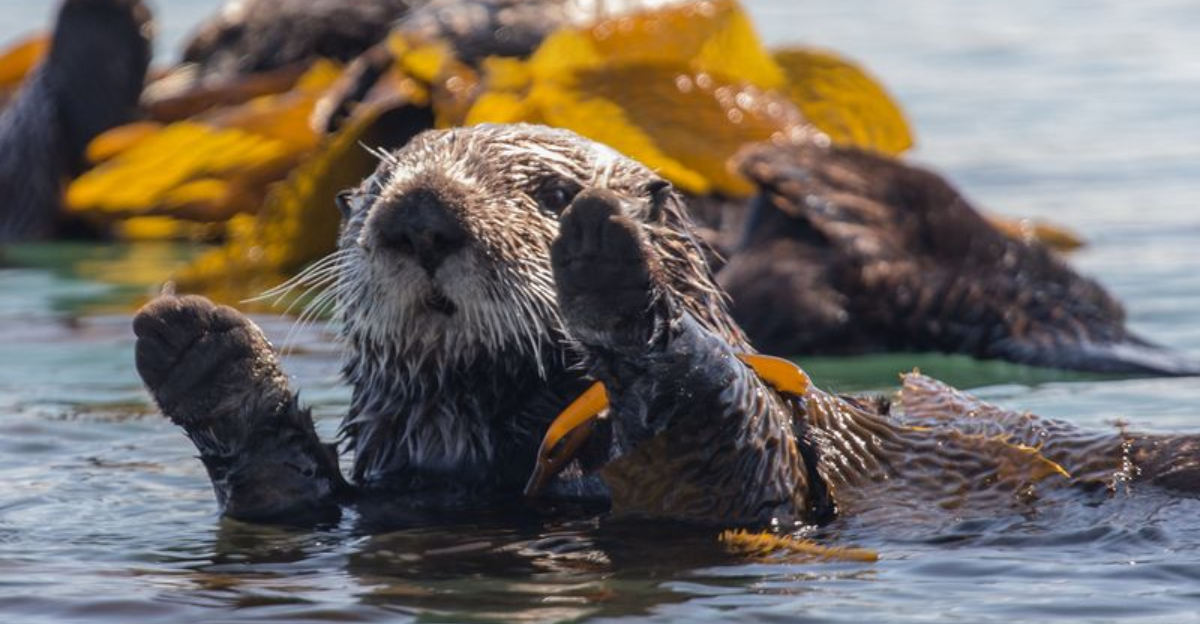
California’s coast is witnessing an incredible wildlife success story. Sea otters, once hunted to near extinction for their luxurious fur, are making a remarkable comeback along the state’s shorelines.
These playful marine mammals aren’t just adorable – they’re ecosystem engineers whose return signals healthier oceans and more resilient coastal environments.
1. Population Recovery To ~3,000
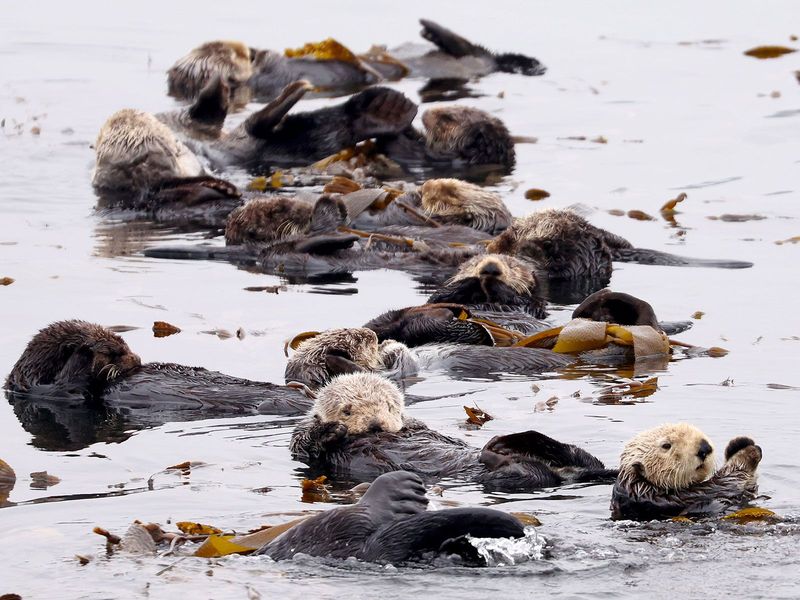
From the brink of disappearance to a growing community of approximately 3,000 individuals! Southern sea otters have been slowly rebuilding their numbers since receiving protection in the 1970s. Annual surveys show steady increases in population density, particularly in central California coastal areas. Their recovery represents one of the most inspiring conservation success stories along the Pacific coast.
2. Fur Protection Laws
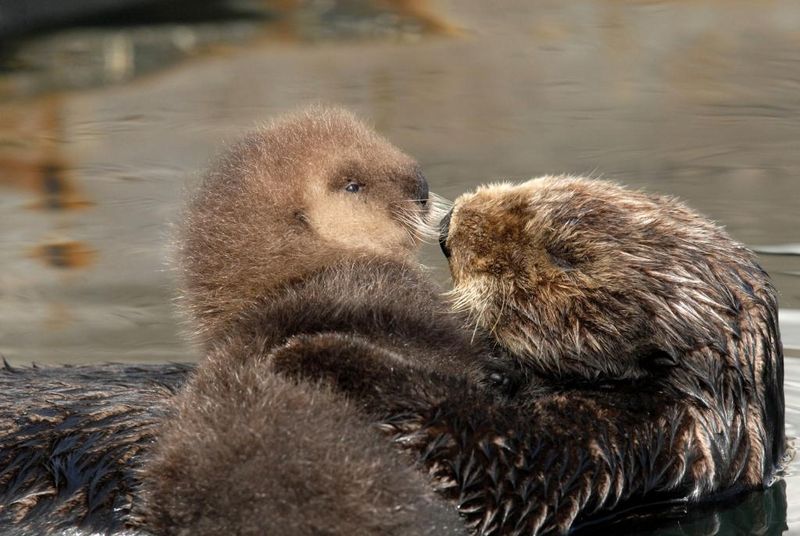
Legal safeguards have transformed otter prospects since the dark days of the fur trade. The Marine Mammal Protection Act of 1972 created the first comprehensive shield against hunting and harassment.
Later, the Endangered Species Act provided additional layers of federal protection. These overlapping legal frameworks ensure that otters remain protected from commercial exploitation and habitat destruction throughout their range.
3. Marine Protected Areas
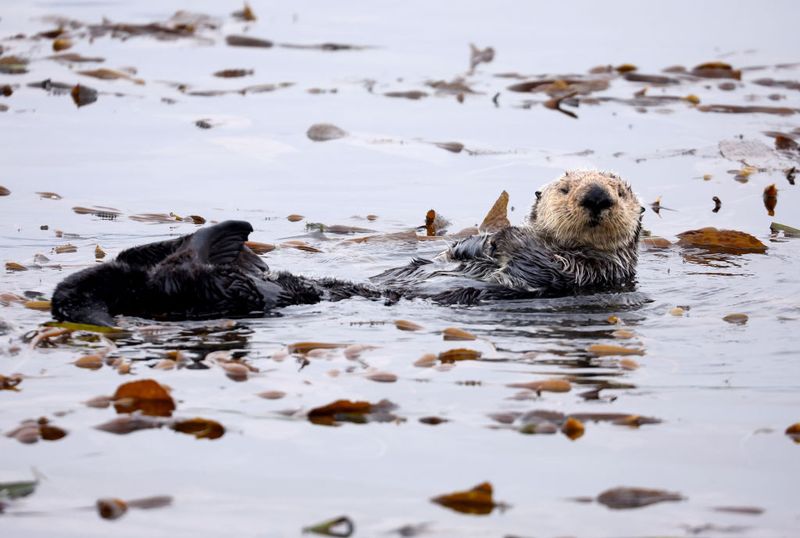
Safe havens like the Monterey Bay National Marine Sanctuary host approximately 1,200 sea otters in protected waters. These designated zones restrict harmful human activities including oil drilling, certain fishing practices, and vessel disturbances.
The Olympic Coast sanctuary shelters roughly 500 more otters. Within these boundaries, otters can feed, mate, and raise pups with minimal human interference—critical factors in their ongoing recovery.
4. Rehabilitation & Surrogacy Programs
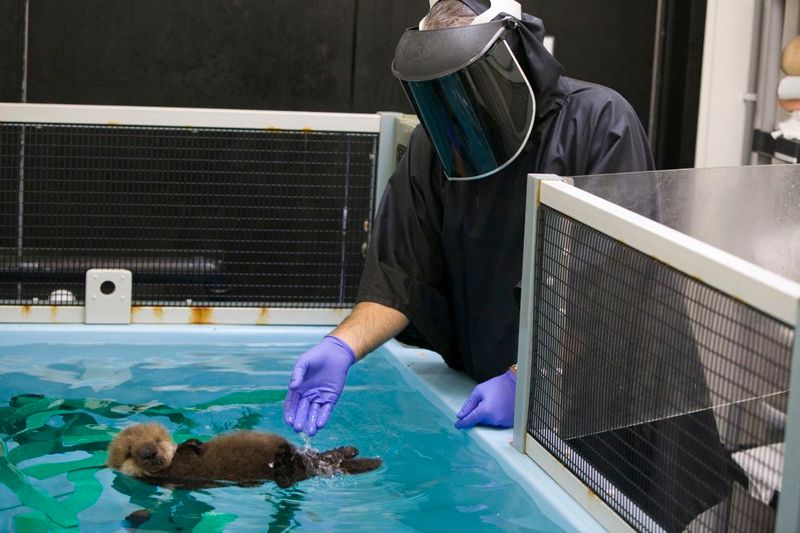
Orphaned otter pups now have a fighting chance thanks to innovative surrogate mother programs. The Monterey Bay Aquarium pioneered techniques where experienced female otters teach stranded pups essential survival skills.
These surrogate mothers demonstrate crucial behaviors like grooming, diving, and foraging techniques. The program has successfully released dozens of rehabilitated otters, with many going on to reproduce in the wild—a true testament to conservation ingenuity.
5. Community Engagement & Funding
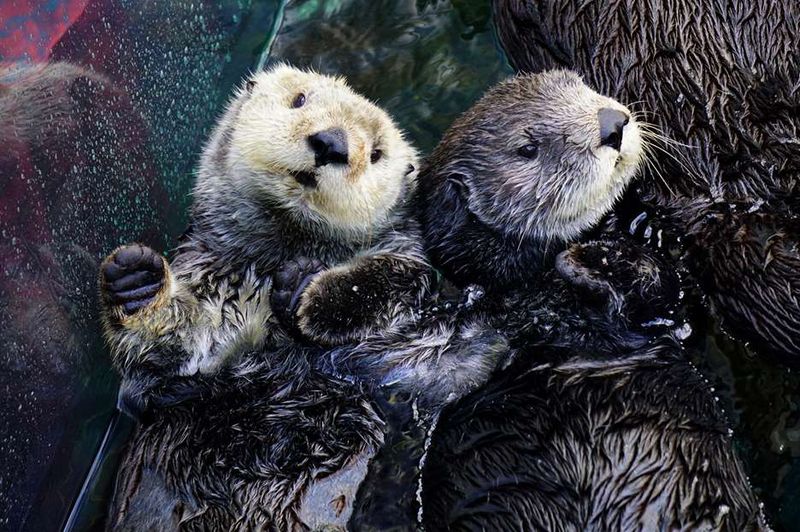
Local involvement powers otter recovery through initiatives like Sea Otter Savvy. This program educates coastal communities about responsible wildlife viewing and reducing human disturbance.
California’s Sea Otter Recovery Fund has generated approximately $2 million since 2008 through voluntary tax contributions. The funds support vital research, habitat protection, and educational outreach efforts that help humans and otters coexist harmoniously along the coast.
6. Tool Use Promotes Dietary Flexibility
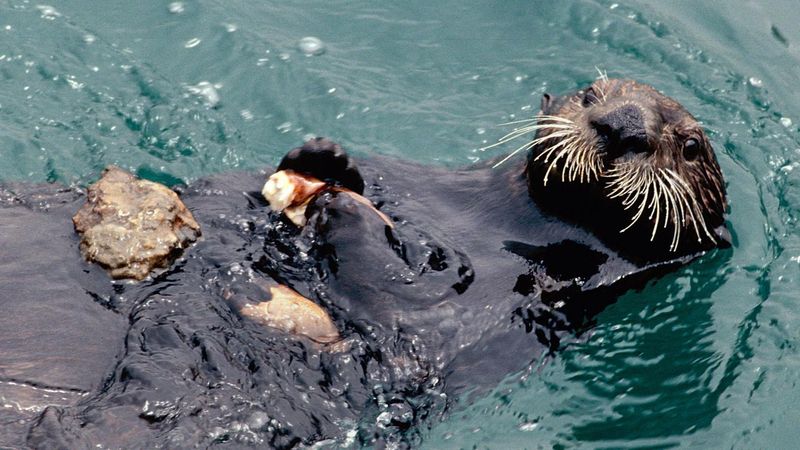
Sea otters showcase remarkable intelligence by using rocks as tools to access food. Monterey Bay females especially excel at this skill, carefully selecting and storing favorite stones in underarm pouches.
This adaptive behavior allows otters to crack open stubborn shells of abalone, mussels, and sea urchins. Their tool use enables dietary flexibility when certain prey becomes scarce, helping populations navigate changing coastal conditions and food availability.
7. Ecosystem Recovery: Kelp Forests
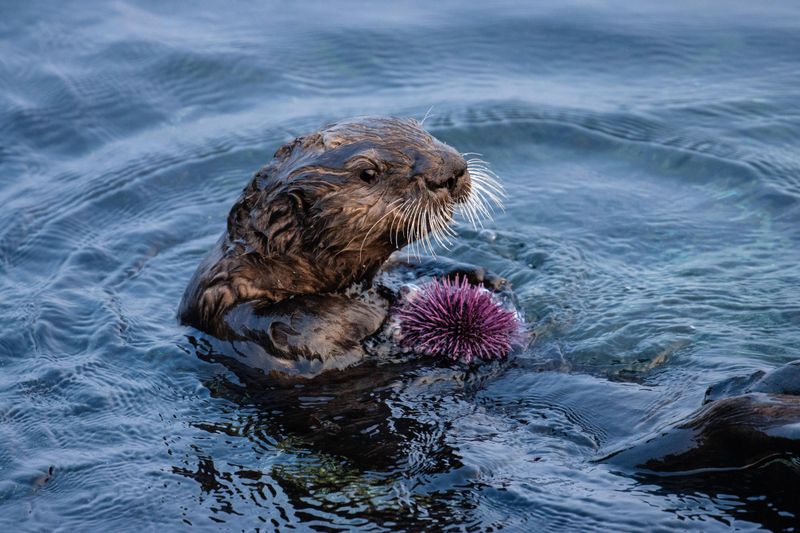
Returning otters transform underwater landscapes by controlling sea urchin populations. Without otter predation, urchins multiply unchecked and devour kelp forests, creating barren underwater deserts.
A single otter can consume up to 25% of its body weight daily in shellfish, including urchins. The resurgence of lush kelp forests following otter reestablishment provides critical habitat for countless marine species and enhances coastal biodiversity throughout California.
8. Coastal Wetlands Stabilization
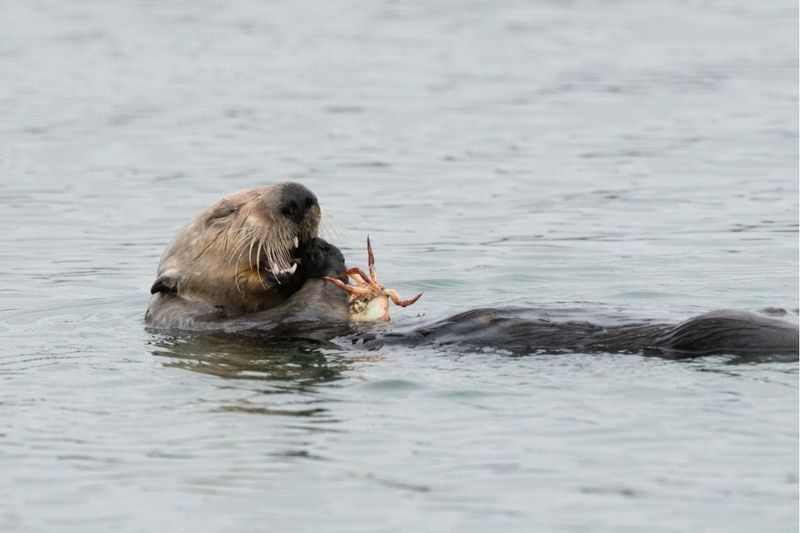
Otters deliver surprising benefits to salt marshes by hunting burrowing marsh crabs. These crabs typically erode valuable pickleweed banks through their extensive tunneling activities. Research at Elkhorn Slough reveals that otter presence has reduced erosion by an astonishing 80-90% in some areas.
This unexpected relationship between otters and marsh preservation demonstrates how predator restoration can stabilize vulnerable coastal habitats facing climate change threats.
9. Expansion Efforts Via Translocation
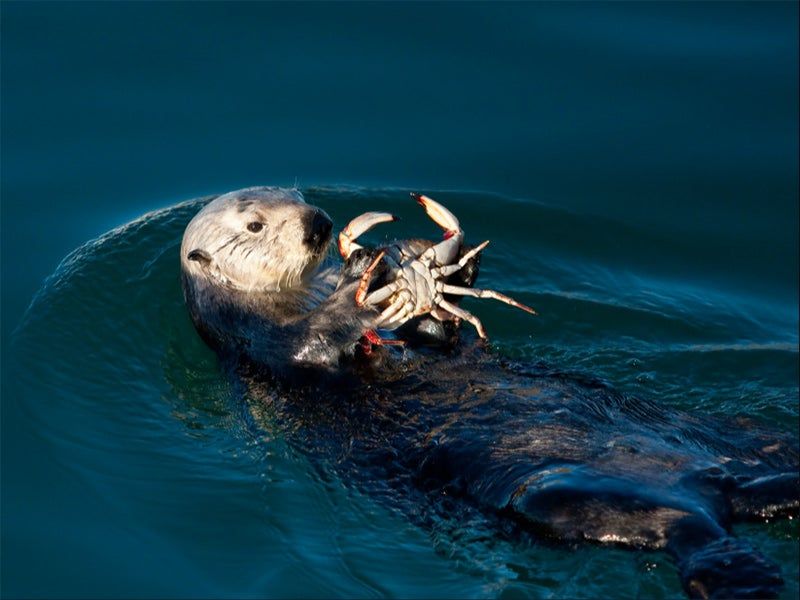
Strategic relocations have established new otter outposts beyond their core range. The San Nicolas Island translocation in the 1980s created a small but growing population that serves as a safety net for the species. While initially controversial, these efforts have proven valuable for genetic diversity.
Careful monitoring shows these transplanted colonies gradually expanding their territories, helping to reclaim historical range that once extended throughout California’s entire coastline.
10. Monitoring Using eDNA/eRNA
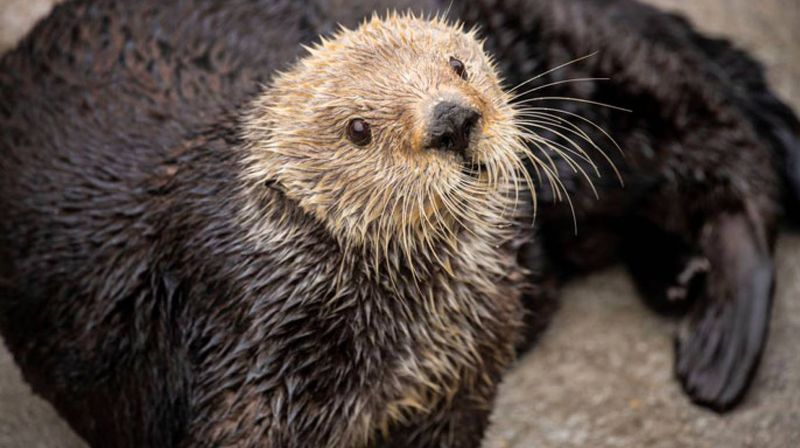
Cutting-edge technologies are revolutionizing how scientists track elusive otters. Environmental DNA and RNA sampling allows researchers to detect otter presence from water samples containing microscopic genetic material.
These non-invasive techniques, funded through 2025 grants, eliminate the need to directly observe or handle animals. The innovative approach provides unprecedented insights into otter distribution patterns, helping conservationists identify critical habitats and movement corridors along California’s extensive coastline.
11. Grants Supporting Research & Outreach
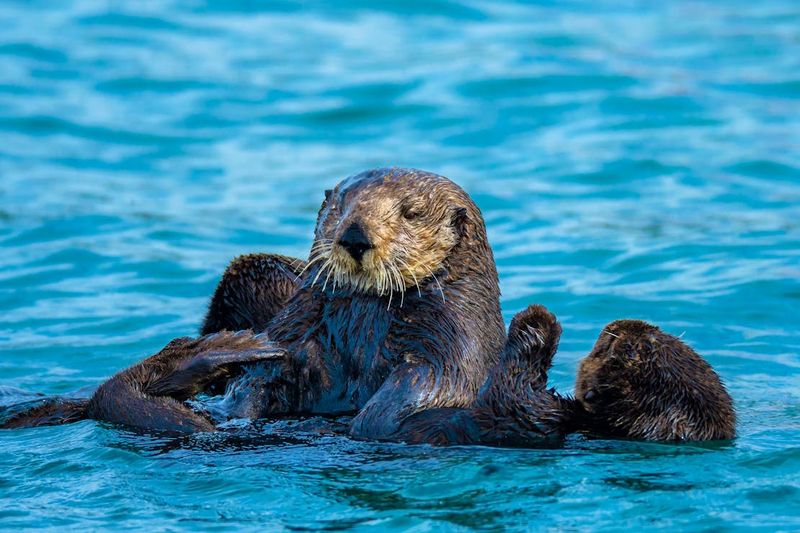
Financial support fuels the scientific advances driving otter recovery. The 2025 grant cycle specifically targets projects addressing three critical areas: reducing preventable otter deaths, public education, and habitat restoration.
Researchers use these funds to investigate threats like parasitic infections and boat strikes. Community outreach programs help recreational water users understand proper wildlife viewing etiquette. Combined, these efforts create a knowledge foundation that guides effective conservation policy and action.
12. Economic & Touristic Value
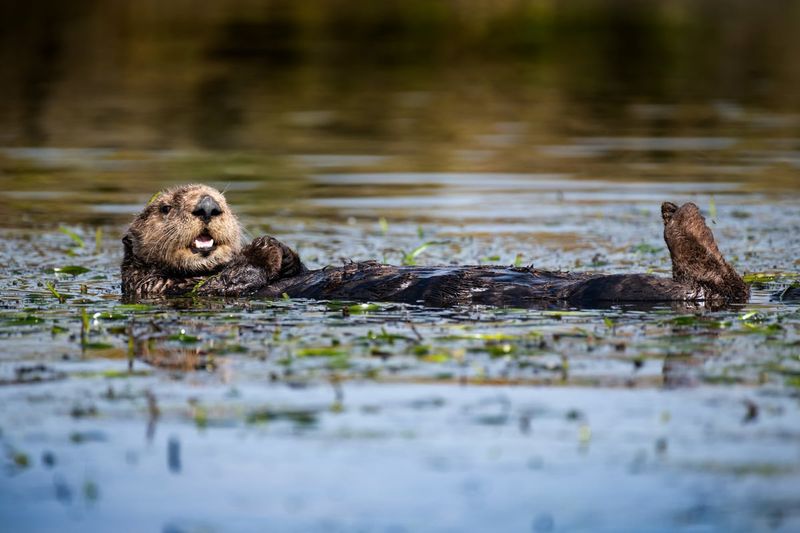
Charismatic otters attract wildlife enthusiasts from around the world, generating substantial tourism revenue. Monterey Bay studies reveal that otter watching significantly boosts local economies through increased visitation.
Wildlife tour operators, hotels, and restaurants all benefit from otter admirers. Beyond direct spending, these beloved marine mammals enhance regional identity and brand value for coastal communities, creating incentives for businesses to support conservation efforts that protect their floating ambassadors.
13. Keystone Role For Climate Resilience
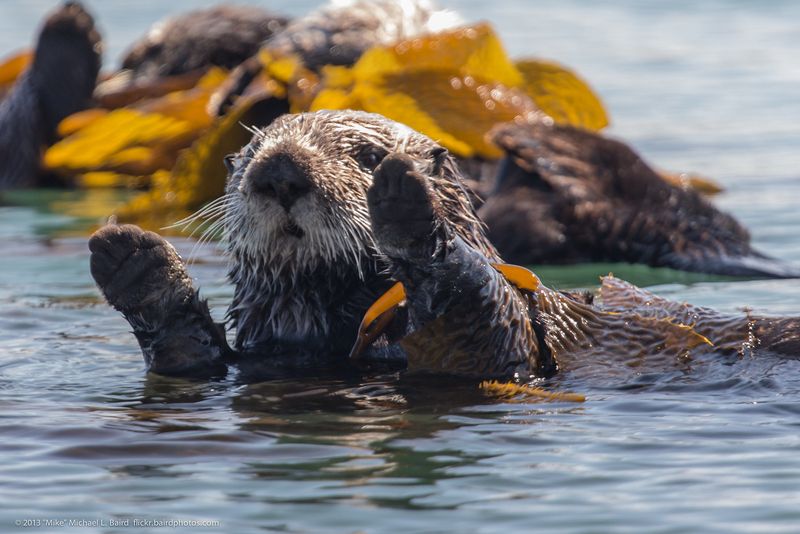
Sea otters serve as unexpected allies in fighting climate change impacts. By maintaining healthy kelp forests, they support ecosystems that sequester carbon at rates exceeding many terrestrial forests. Their protection of salt marshes preserves natural buffers against sea level rise and storm surges.
As California faces increasing climate challenges, otters provide nature-based solutions that enhance coastal resilience. Their ecological engineering services demonstrate how wildlife conservation directly benefits human communities.



